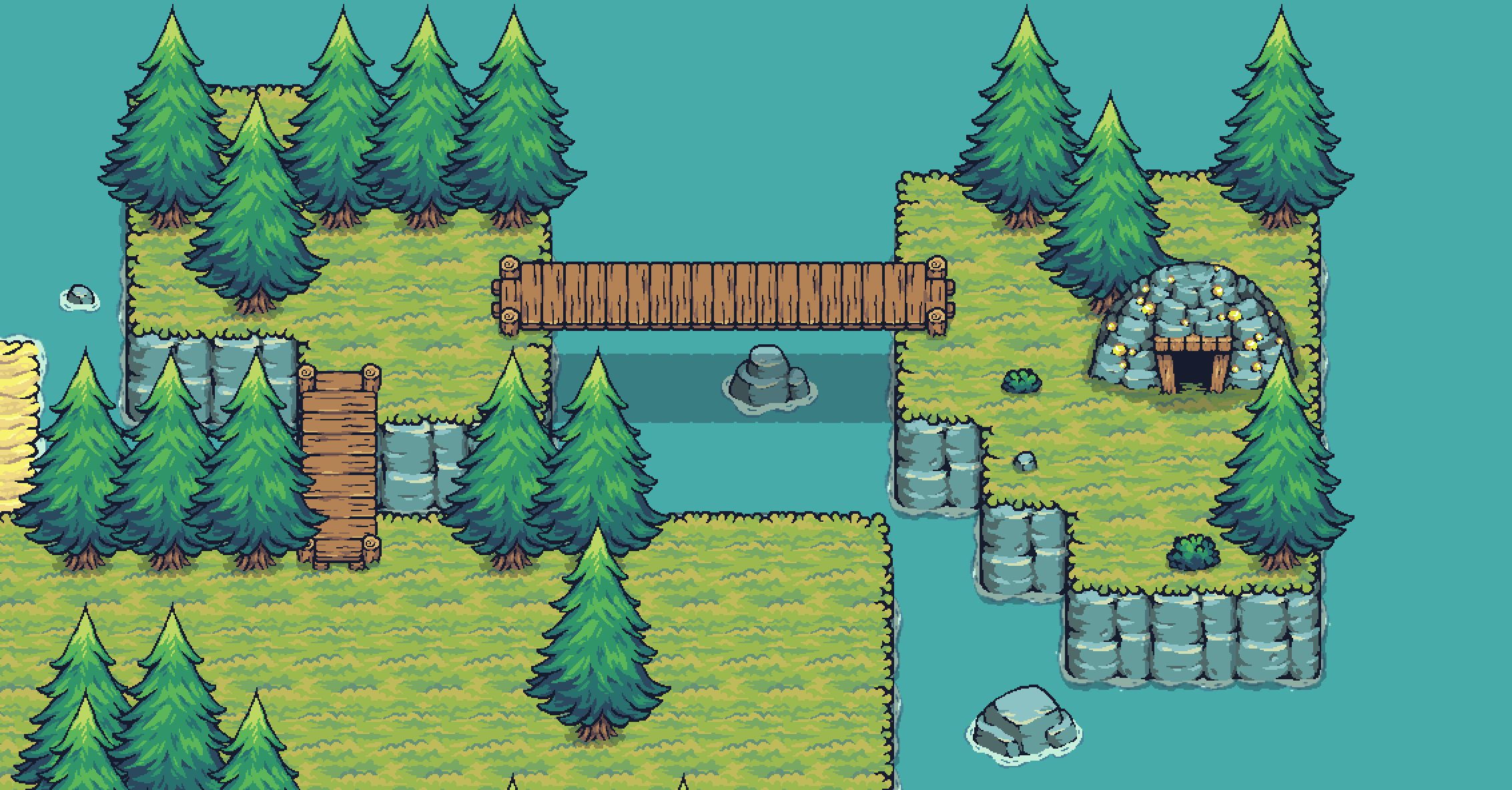Wildermine Development Update: Creating Official Levels
We’re excited to share some behind-the-scenes insights into the development of official levels for Wildermine, our upcoming game of solving brain-busting puzzles disguised as cozy environments.
The Core Challenge
Wildermine boils down to a simple goal: place buildings strategically to build a Tower near the Goldmine and complete the level. But there’s a catch—every building costs wood, the game’s single resource.
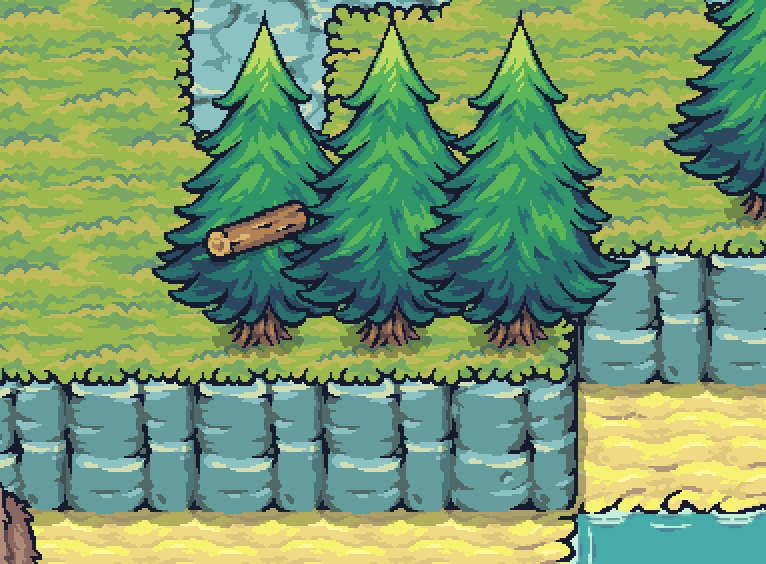
Houses cost 2 wood and they can be used to gather more wood. Another building which will be used on every level is the Tower. Towers expand your buildable area for 4 wood.
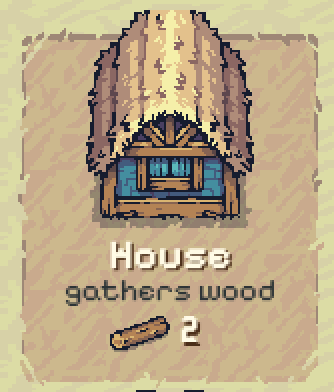
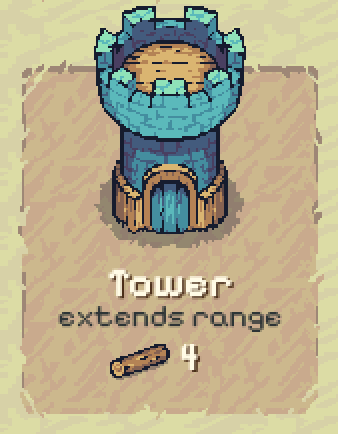
There is another structure, the Barracks, but it fills a niche role and won’t be needed on every level the way Houses and Towers will be.
So the core challenge is finding fun and unique ways to drive the core gameplay loop — place house, get wood, place tower, expand area.
Starting Wood
One of the first things a player may notice at the start of a new level is how much wood they are given to work with. A level that starts the player with 2 wood is basically making the decision for the player on which building to place first. They don’t have any other option but to play a House.
Starting with 4 wood is perhaps less obvious but still a similar decision is made for the player. With 4 wood, a player can’t place a Tower first because then they don’t have enough to place a House.
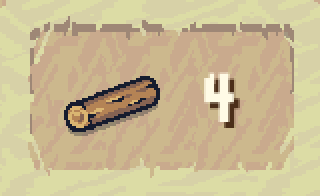
Where the first real interesting player decision-making happens is at 6 wood. Why is 6 wood where the decision-making begins? Because the player may not know if the level designer intended them to play a House first or a Tower first. Now depending on the layout of the trees near the starting tile it may be fairly obvious which should, or in some cases, must go first.
House First Levels
One sign that you’re playing a House first level — how close is the nearest copse of trees? Do you need to build up a nice little reserve of wood right from the start to enable stretching out with a tower or two? Most early game levels usually work this way. But one of the ways to keep the game loop fresh and interesting is to subvert player expectations. It is a puzzle game after all! By creating a level that at first glance looks like a similar House first scenario the player has seen before in several previous levels you can then rely on that to present a twist on a familiar situation.
Tower First Levels
The initial Tower first levels will be easy to spot. Starting wood of 6 or more is a sign that the designer probably meant to make the player take a large step away from the starting tile in order to touch a just out of reach grove of trees. Sometimes the designer gets real crazy and gives 8 or 10 wood right out of the gate. This is a good sign that you’re likely meant to place a couple towers to reach the trees. But again once these patterns start to become recognizable, that’s where the level designer can rely on the player knowing that and then throw them a curveball.
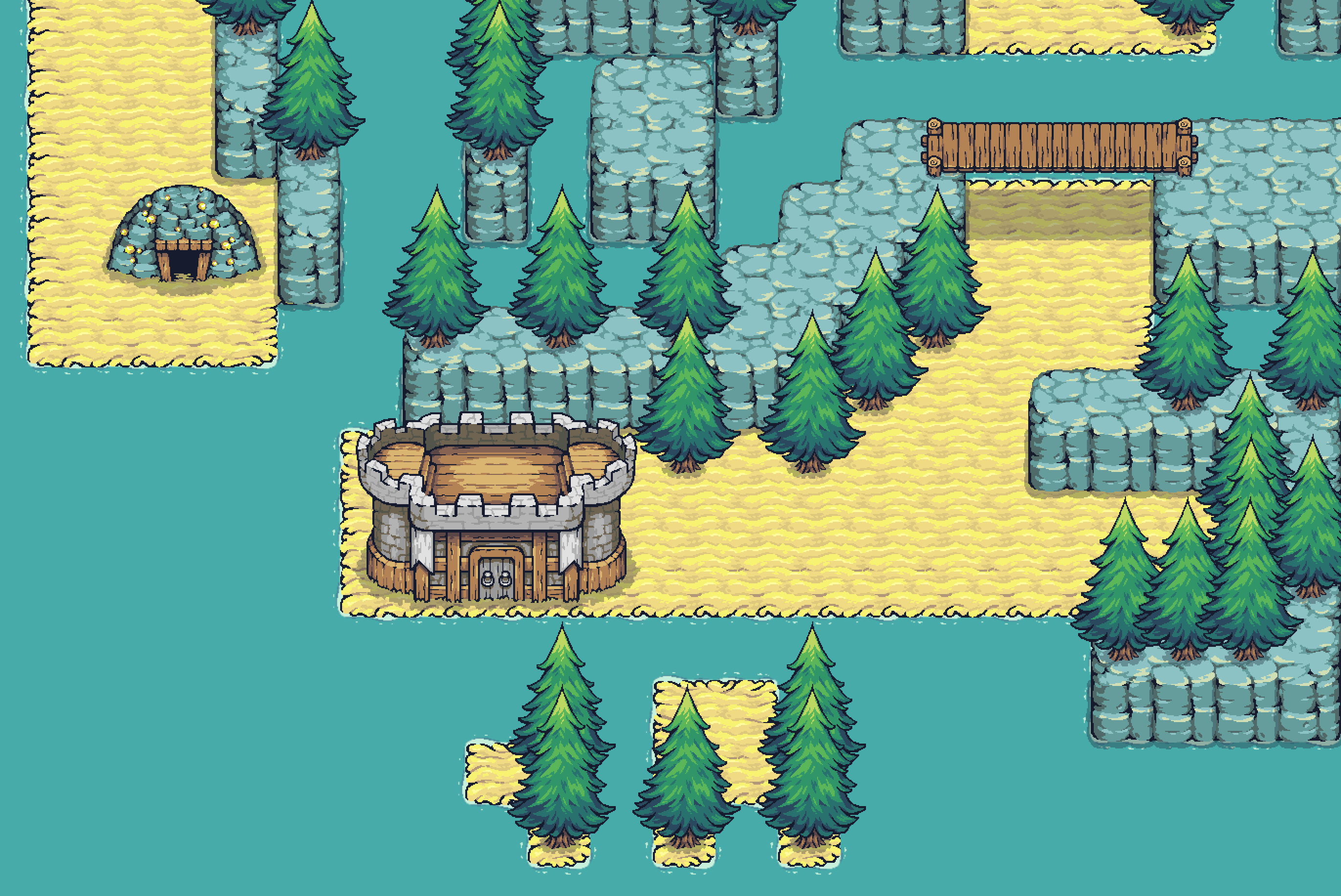
Designing Difficulty - Easy Mode
One of the fun parts about designing levels is choosing how relaxed or strict you want to force player’s building placement to be. Early levels can be made easy several ways:
1. Only one possible path to place houses and towers, an on-rails sort of experience.
2. Many places for houses and towers, a forgiving multi-pathed way to win.
3. More starting wood than they even need.
4. Using simple layouts that are not intimidating and present a somewhat obvious solution.Designing Difficulty - Hard Mode
As the player starts to gain confidence and has several levels under their belt that’s when we can start to present more challenging maps for them to solve.
Here’s where the fun begins
— a complicated Jedi
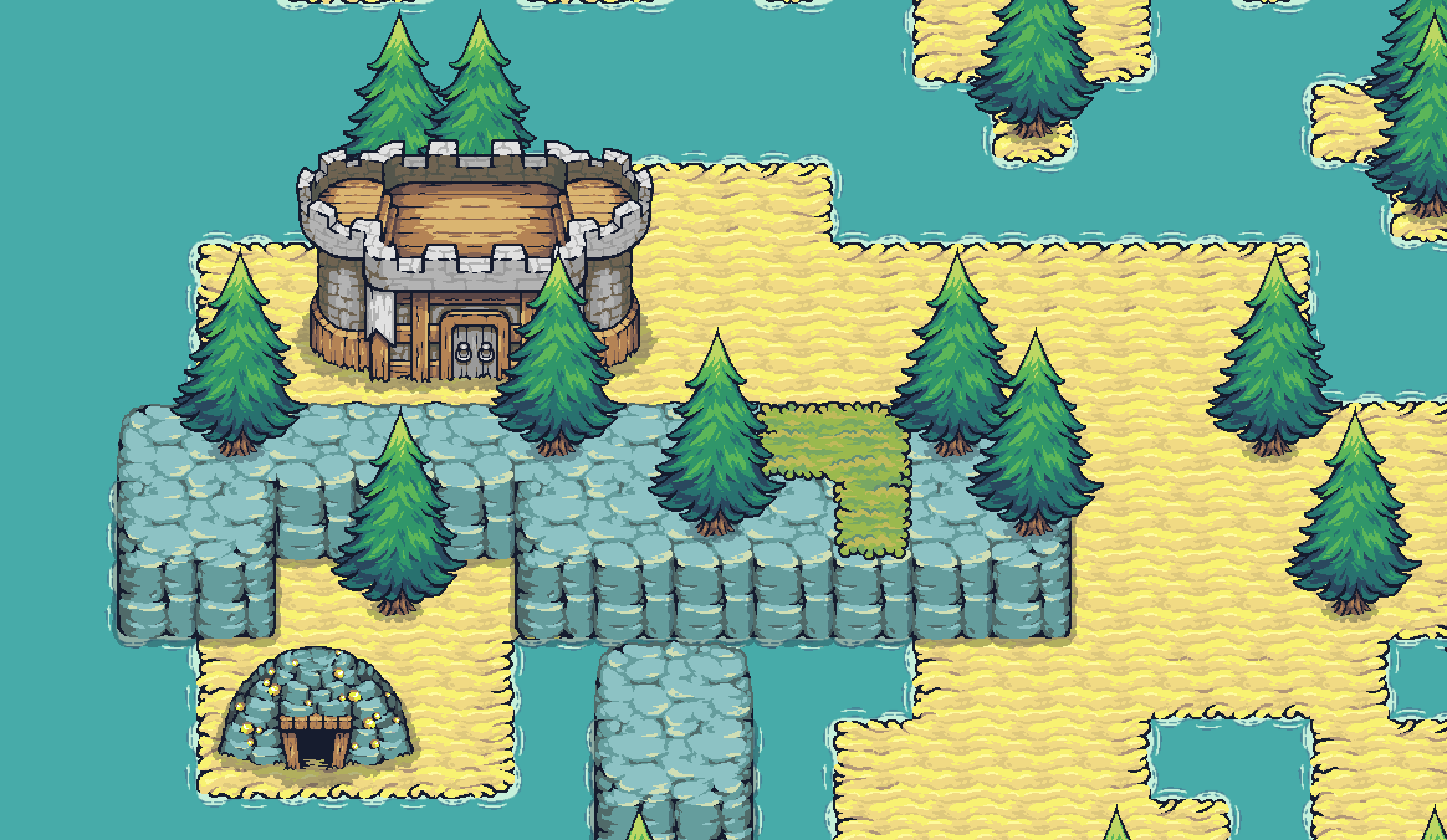
Lure House Placement
In a well designed level, you can make it seem like a house should definitely go in that spot! However! The level has been tuned such that in fact a tower must go there instead. A nice inviting 4 tile location surrounded by a bunch of trees, a perfect fit for a House! But actually this location should be a stepping stone for a Tower.
Honeypot
This technique involves setting up paths that seem like obvious routes to go down. But wait, maybe that’s exactly what the level designer wants the player think. It might look like there is a tempting copse of trees that will have the players coffers overflowing with wood! But after traversing the path, carefully placing towers and houses to get to the promised woodland, the player realizes maybe this path doesn’t grant that much wood after all.
Sometimes these paths will pay off, there are certainly levels where this is indeed what the designer forces the player to do in order to proceed. But don’t get too used to these being the correct way to go, sometimes they are just a trap!
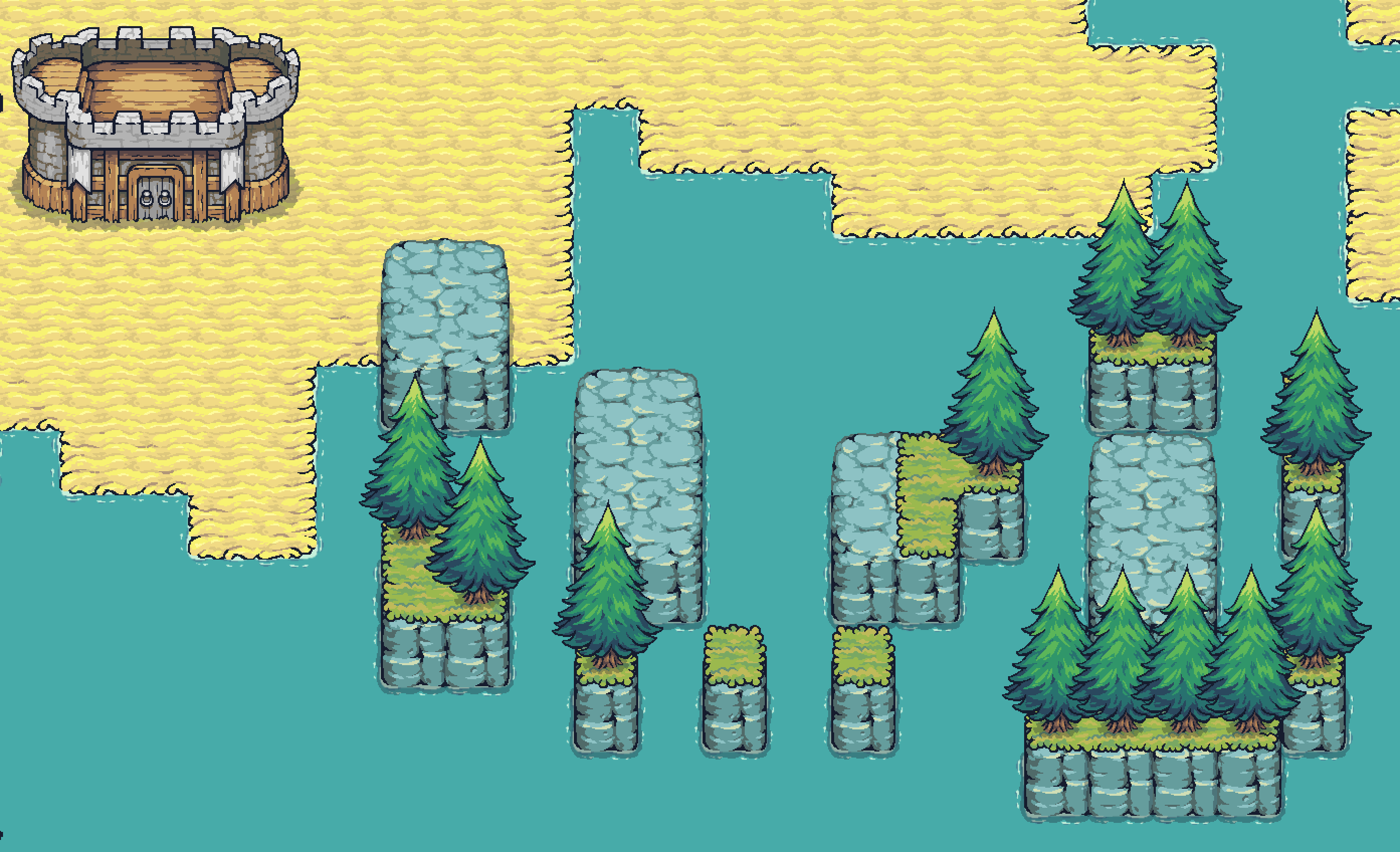
Back Tracking
This one is diabolical. Players will likely run into several levels like this where it might feel like they’ve reached a dead end. The trick though is freeing up wood from an already placed building and recycling that wood to continue your House/Tower expansion.
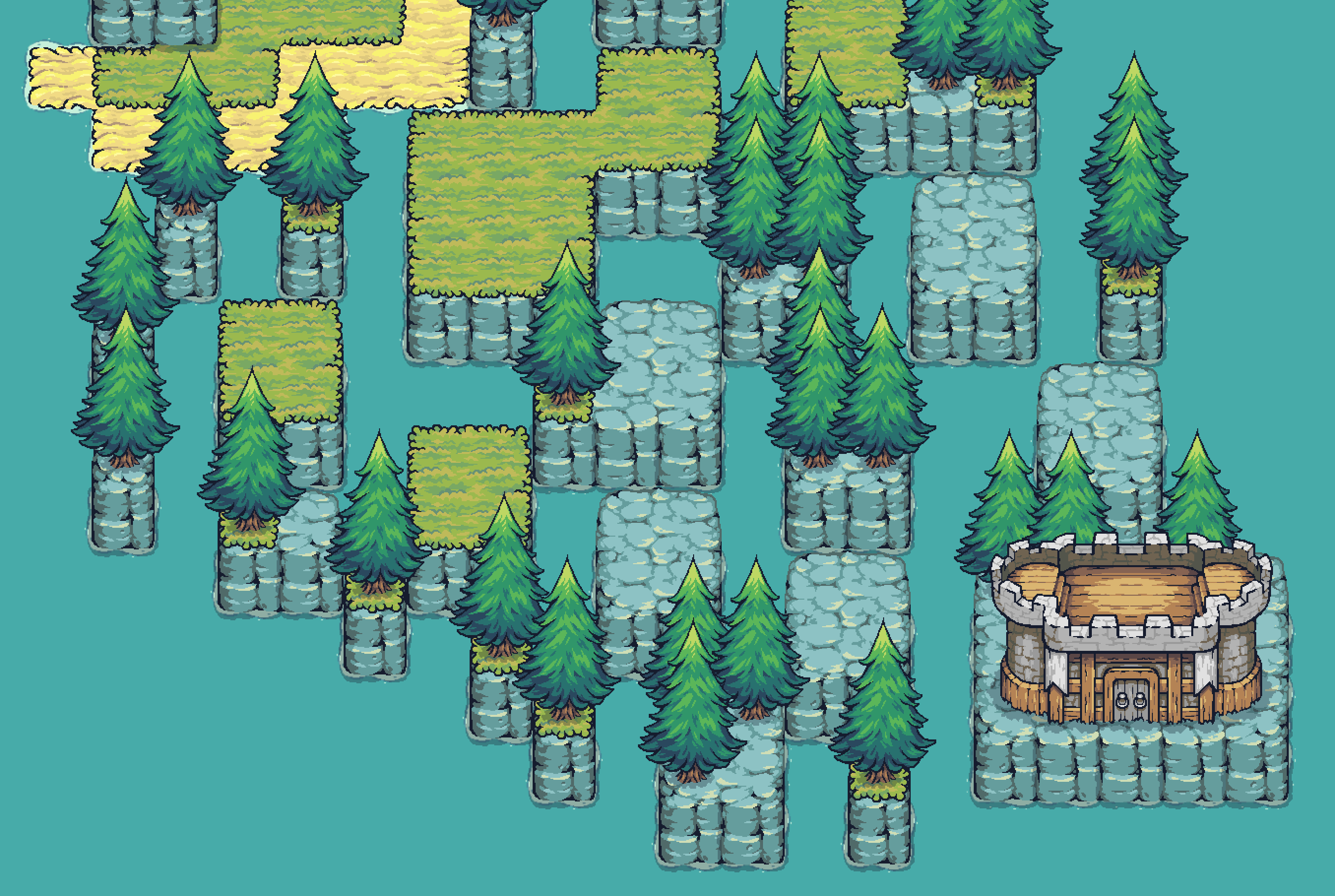
Exact Placement
As levels get larger and players have to start placing more and more houses and towers on a single level, it becomes less obvious where towers and houses should go. Placing trees in configurations where they can’t possibly be all gathered by a single house, the player must decide exacly which trees they need to gather and which are simply for decoration.
Attention Splitting
Also as levels get larger and the player has to scroll around to see the whole level, we can develop paths where the player has to bounce back and forth between spreading a tower down this path and then placing a house to get just enough wood so that they can continue down another path which they couldn’t have passed without that 1 extra tree that the other path provides.
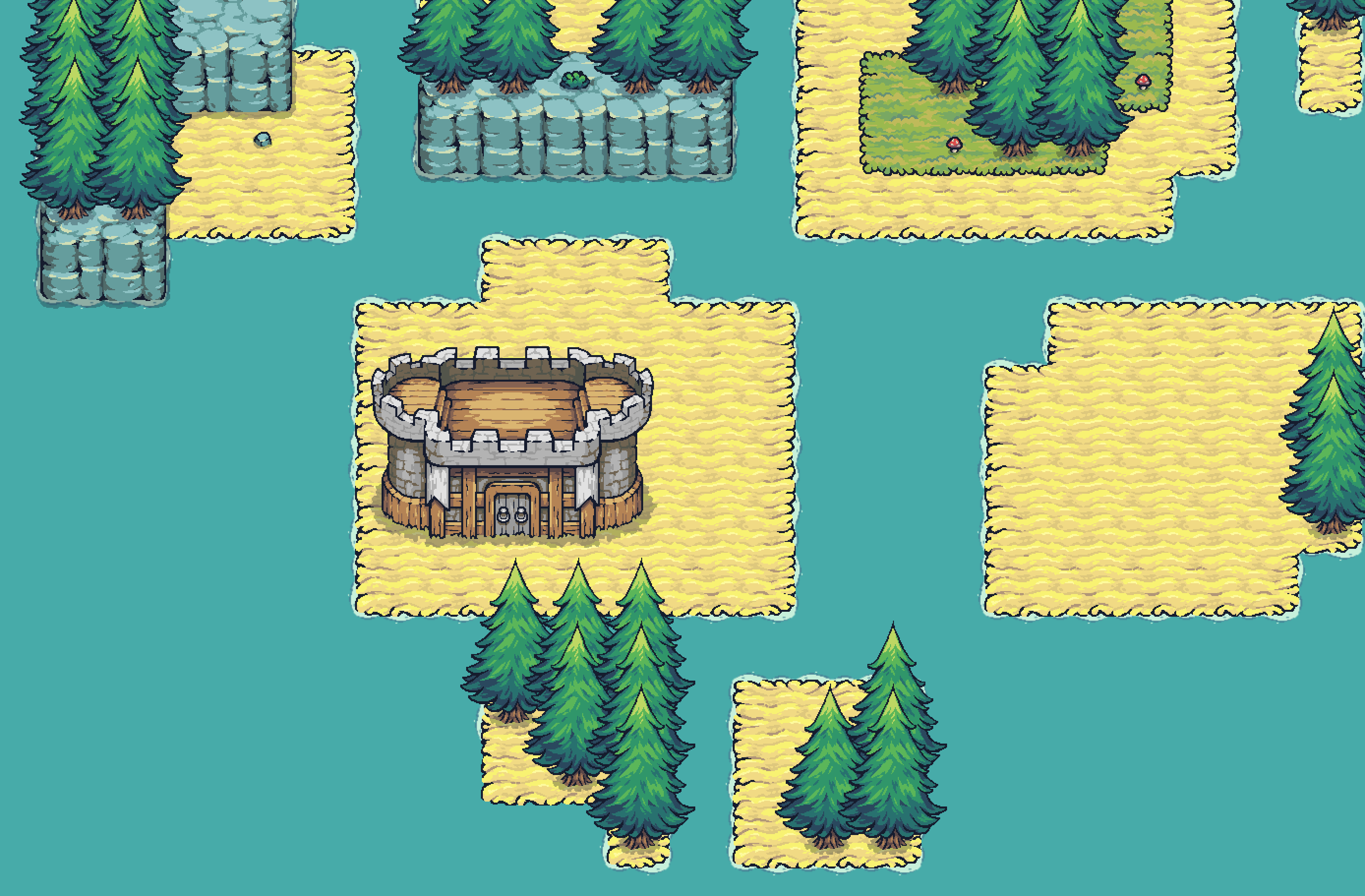
Old Level, Fresh Take
Designing fun, aesthetically pleasing levels that also offer just the right amount of challenge is an art. Levels, at least early on, should not be too punishing nor too easy. Designing such levels is time-consuming! It can be a lot of work to try and make a level look unique from all the others seen before and have a unique twist that keeps the gameplay fresh and exciting.
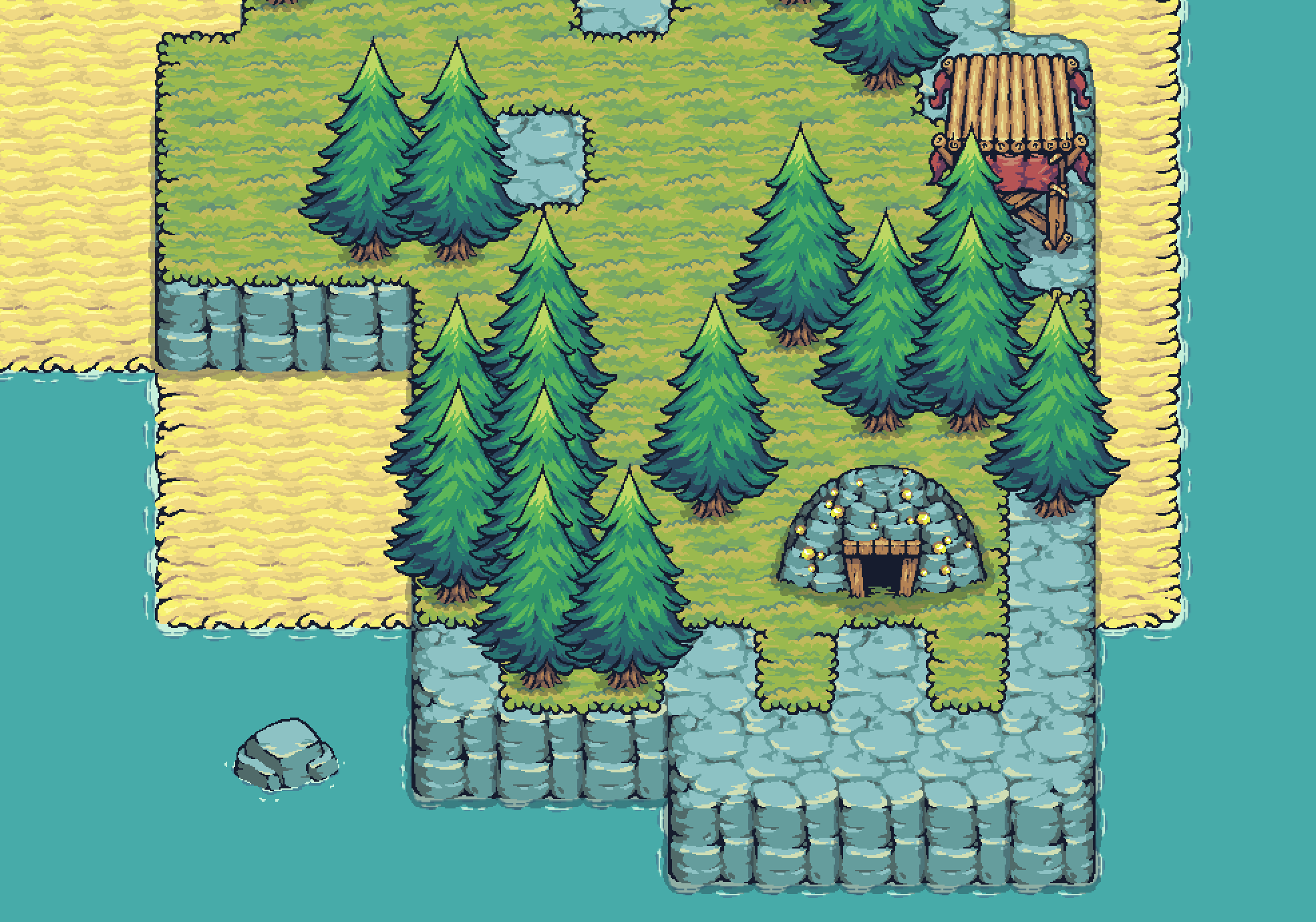
One way to speed up the process, but also add a fresh take on the familiar, is to reuse levels. At first glance, a level might seem like one the player already beat. But on closer inspection—notice that there are subtle differences from the previous level. Simple changes like moving a tree one tile from where it was before can make a level play very differently.
What’s Next
At the time this article was written, there were about 20 official levels created. The goal is to have at least 60 levels when the game launches.
In a hypothetical Wildermine 2.0, some features we might add include:
- House Upgrades: Give players the ability to upgrade house wood collection range or how much wood a single tree gives or reduce the amount of wood to place a house.
- Tower Upgrades: Give players the ability to upgrade tower buildable radii or reduce the cost of placing towers.
- Tree Species: Add different types of trees to not only make the level biomes more interesting but also allows playing with how much wood certain trees provide.
- Darkness/Fog of War: Imagine adding the shroud of darkness that must be pushed back by torchlight.
- Other Resources: Gold and food could be added to introduce more complex resource management mechanics.
- Multiplayer: Sharing resources with an ally to complete levels that can only be beaten together.
